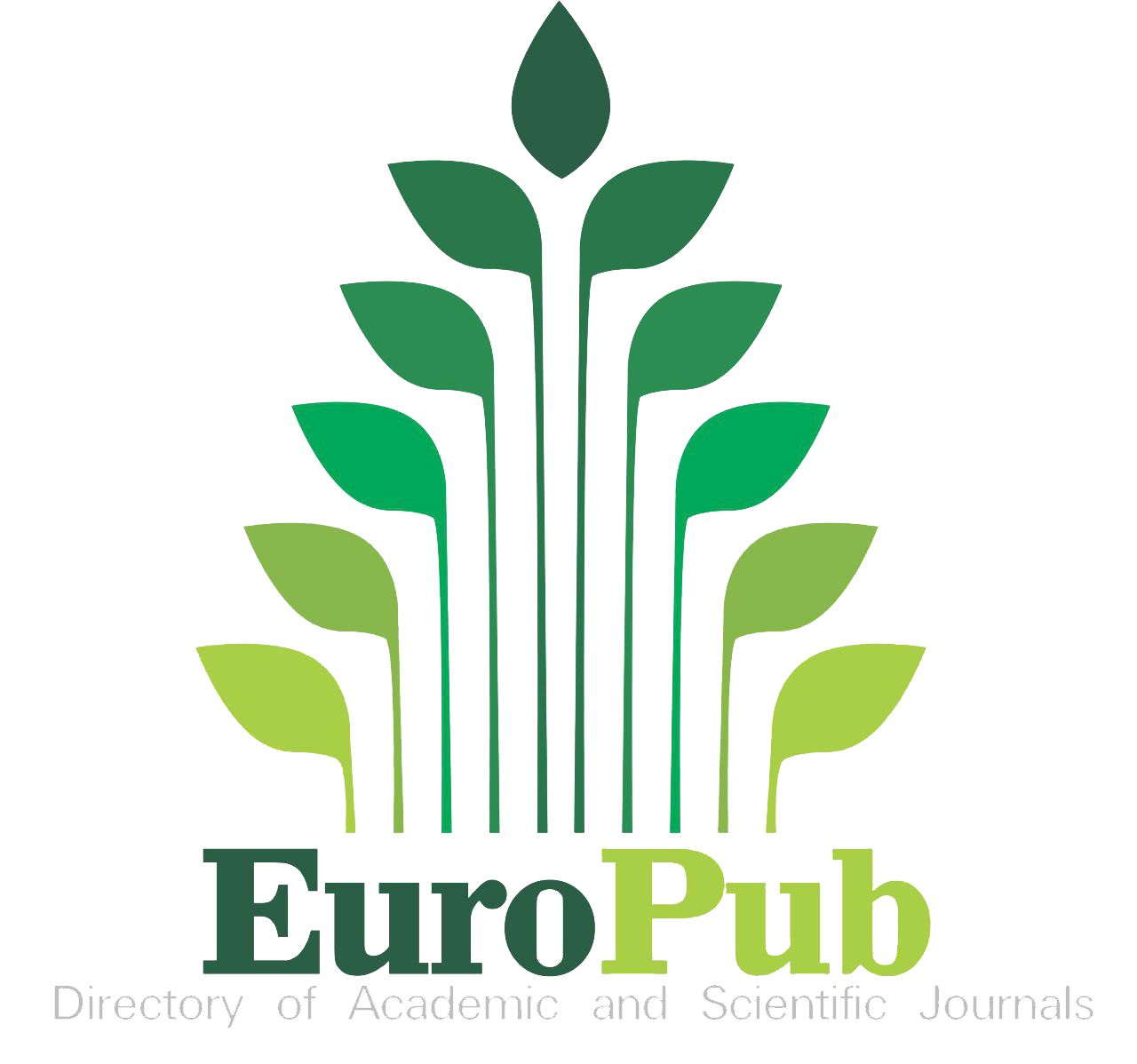EVALUATION OF MASCOT (METALAXYL 8% + MANCOZEB 64% WP) FOR THE PREVENTION AND CONTROL OF POWDERY MILDEW (LEVEILLULA TAURICA) ON TOMATO
DOI:
https://doi.org/10.69557/ujrra.v1i2.28Abstract
Tomato (Lycopersicon esculentum Mill) belongs to the solanaceae which is one of commercial crop produced mainly in northern and central rift valley areas of Ethiopia. It is affected by many biotic and abiotic factors especially fungal diseases mainly powdery mildew is the main challenging factor on tomato production in irrigated agriculture. Powdery mildew (Leveillula taurica) is a major pathogen of tomato. The experiment was conducted at Debre Zeit Agricultural Research Centre in 2020/21 using Galilae tomato variety. Mascot (Metalaxyl 8% + Mancozeb 64% WP) was used as test product and Ridomol gold 68% was used at standard check. High progress was observed on control, while lower were obtained on treated plots by Mascot (Metalaxyl 8% + Mancozeb 64% WP) and Ridomil gold 68WP. More diseased leaf number (5.70) were observed on control, conversely more healthy leaf were found from treated plots by Ridomil gold 68 WP and mascot (Metalaxyl 8% + Mancozeb 64% WP). Good yield 18 t/ha is obtained on Ridomil gold 68% WP. Good yield advantage 13.5 t/kg is obtained from Ridomil gold 68% WP and Mascot has revealed 13 t/ha. Higher AUDPC; about 395% has been obtained on control, while lowest were 165% and 170% from mascot (Metalaxyl 8% + Mancozeb 64% WP) and Ridomil gold 68% WP, respectively. Plots treated with mascot (Metalaxyl 8% + Mancozeb 64% WP) and Ridomil gold 68% WP have showed lowest TDS 4.00% and 5.00%. Variation in powdery mildew infection rate due to the prevention level of the treatment was clearly observed with this regards; fungicides appropriate for the environment need to be tested to use as alternative fungicide and reduce the fungicide resistance.
Downloads
Published
How to Cite
Issue
Section
License
Copyright (c) 2022 Ashagre Asnakew

This work is licensed under a Creative Commons Attribution 4.0 International License.
This is an Open Access article distributed under the terms of the Attribution 4.0 International License [CC BY 4.0], which allows reusers to distribute, remix, adapt, and build upon the material in any medium or format, so long as attribution is given to the creator.





